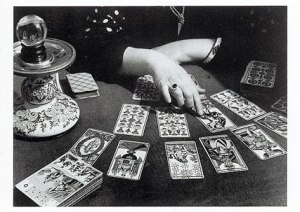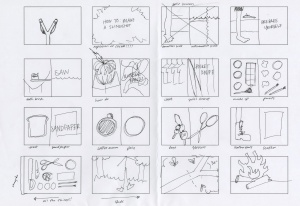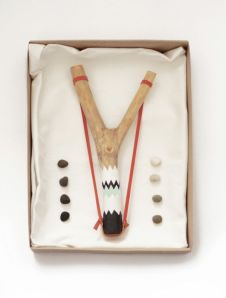who: fortune tellers or psychics are commonly gypsies and even if they aren’t, they still dress the part. fortune tellers love all the bangles and scarfs. rings, medallions, headpieces, their all about that. there are, of course, the more humble fortune tellers, but for the most part fortune tellers like to give a show with candles and crystal balls and sparkly things. and they always have the tools of their trade with them; tarot cards, crystals, tea.
where: fortune tellers often have tents that travel with festivals or carnivals in the true traveling gypsy feel. the tents have a very intimate and magical feel, often small with dim lighting. you can also find fortune tellers set up in small shops or out of someones home (often signified by bright neon signs). or if all else fails, you can just pick up your phone and give a fortune teller a ring.
ideas: just some visuals relating to fortune tellers that i found compelling for inspiration in this process.














